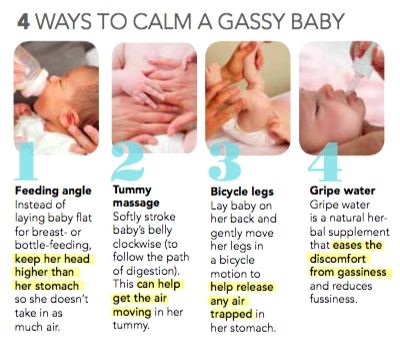Baby feeding volumes
Formula Feeding FAQs: How Much and How Often (for Parents)
Whether you plan to formula feed your baby from the start, want to supplement your breast milk with formula, or are switching from breast milk to formula, you probably have questions.
Here are answers to some common questions about formula feeding.
How Often Should I Feed My Baby?
Newborns and young babies should be fed whenever they seem hungry. This is called on-demand feeding.
After the first few days of life, most healthy formula-fed newborns feed about every 2–3 hours. As they get bigger and their tummies can hold more milk, they usually eat about every 3–4 hours. As babies get older, they’ll settle into a more predictable feeding routine and go longer stretches at night without needing a bottle.
Talk to your doctor if you have concerns about feeding your baby, especially if your baby is very small, is not gaining weight, or was born early (prematurely).
How Can I Tell When My Baby Is Hungry?
Signs that babies are hungry include:
- moving their heads from side to side
- opening their mouths
- sticking out their tongues
- placing their hands, fingers, and fists to their mouths
- puckering their lips as if to suck
- nuzzling again their mothers' breasts
- showing the rooting reflex (when a baby moves its mouth in the direction of something that's stroking or touching its cheek)
Babies should be fed before they get upset and cry. Crying is a late sign of hunger. But every time your baby cries is not because of hunger. Sometimes babies just need to be cuddled or changed. Or they could be sick, tired, too hot or too cold, in pain, or have colic.
How Much Should My Baby Drink?
In the first few weeks, give 2- to 3-ounce (60- to 90-milliliter) bottles to your newborn. Give more or less depending on your baby’s hunger cues.
Here's a general look at how much your baby may be eating at different ages:
- On average, a newborn drinks about 1.5–3 ounces (45–90 milliliters) every 2–3 hours. This amount increases as your baby grows and can take more at each feeding.
- At about 2 months, your baby may drink about 4–5 ounces (120–150 milliliters) every 3–4 hours.
- At 4 months, your baby may drink about 4–6 ounces (120-180 milliliters) at each feeding, depending on how often they eat.
- By 6 months, your baby may drink 6–8 ounces (180–230 milliliters) about 4–5 times a day.

Watch for signs that your baby is hungry or full. Respond to these cues and let your baby stop when full. A baby who is full may suck with less enthusiasm, stop, or turn away from the bottle.
Why Does My Baby Seem Hungrier Than Usual?
As babies grow, they begin to eat more at each feeding and can go longer between feedings. Still, there may be times when your little one seems hungrier than usual.
Your baby may be going through a period of rapid growth (called a growth spurt). These can happen at any time, but in the early months are common at around:
- 7–14 days old
- between 3–6 weeks
- 4 months
- 6 months
During these times and whenever your baby seems especially hungry, follow their hunger cues and continue to feed on demand, increasing the amount of formula you give as needed.
Is My Baby Eating Enough?
At times, you may wonder whether your baby is getting enough nutrients for healthy growth and development. Babies who get enough to eat seem satisfied after eating and are regularly peeing and pooping.
Babies who get enough to eat seem satisfied after eating and are regularly peeing and pooping.
At your baby’s checkups, the doctor will review your baby’s growth chart, track your little one’s development, and answer any questions. Talk to your doctor if you have any concerns about your baby’s feeding and nutrition.
Reviewed by: Mary L. Gavin, MD
Date reviewed: November 2021
Amount and Schedule of Baby Formula Feedings
- In the first week after birth, babies should be eating no more than about 1 to 2 ounces (30 to 60 ml) per feed.
- During the first month, babies gradually eat more until they take 3 to 4 ounces (90 to 120 ml) per feed, amounting to 32 ounces per day. Formula-fed babies typically feed on a more regular schedule, such as every 3 or 4 hours. Breastfed babies usually take smaller, more frequent feedings than formula-fed infants.
If your baby sleeps longer than 4 to 5 hours during the first few weeks after birth and starts missing feedings, wake them up and offer a bottle.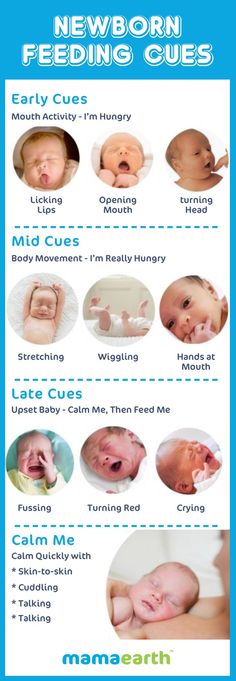
By the end of the first month: Your baby will be up to at least 3 to 4 ounces (120 mL) per feeding, with a fairly predictable schedule of feedings about every 3 to 4 hours.
By 6 months: Your baby will consume 6 to 8 ounces (180–240 mL) at each of 4 or 5 feedings in 24 hours.
Formula feeding based on body weight
On average, your baby should take in about 2½ ounces (75 mL) of infant formula a day for every pound (453 g) of body weight. But they probably will regulate their intake from day to day to meet their own specific needs, so let them tell you when they've had enough. If they become fidgety or easily distracted during a feeding, they're probably finished. If they drain the bottle and continues smacking their lips, they might still be hungry.
There are high and low limits, however. If your baby consistently seems to want more or less than this, discuss it with your pediatrician. Your baby should usually drink no more than an average of about 32 ounces (960 mL) of formula in 24 hours. Some babies have higher needs for sucking and may just want to suck on a pacifier after feeding.
Your baby should usually drink no more than an average of about 32 ounces (960 mL) of formula in 24 hours. Some babies have higher needs for sucking and may just want to suck on a pacifier after feeding.
On-demand feeding
Initially it is best to feed your formula-fed newborn a bottle on demand, or whenever they cry with hunger. As time passes, your baby will begin to develop a fairly regular timetable of their own. As you become familiar with their signals and needs, you'll be able to schedule their feedings around their routine.
Eating & sleeping patterns
Between 2 and 4 months of age (or when the baby weighs more than 12 lb. [5.4 kg]), most formula-fed babies no longer need a middle-of-the-night feedings. They're consuming more during the day, and their sleeping patterns have become more regular (although this varies considerably from baby to baby). Their stomach capacity has increased, too, which means they may go longer between daytime feedings—occasionally up to 4 or 5 hours at a time.
If your baby still seems to feed very frequently or consume larger amounts, try distracting them with play or with a pacifier. Sometimes patterns of obesity begin during infancy, so it is important not to overfeed your baby.
Getting to know your baby's feeding needs
The most important thing to remember, whether you breastfeed or bottlefeed, is that your baby's feeding needs are unique. No book―or website―can tell you precisely how much or how often they need to be fed or exactly how you should handle them during feedings. You will discover these things for yourself as you and your baby get to know each other.
More information
- How Often and How Much Should Your Baby Eat?
- Making Sure Your Baby is Getting Enough Milk
- Is Your Baby Hungry or Full? Responsive Feeding Explained (Video)
- Remedies for Spitty Babies
- Last Updated
- 5/16/2022
- Source
- Adapted from Caring for Your Baby and Young Child: Birth to Age 5 7th Edition (Copyright © 2019 American Academy of Pediatrics)
The information contained on this Web site should not be used as a substitute for the medical care and advice of your pediatrician.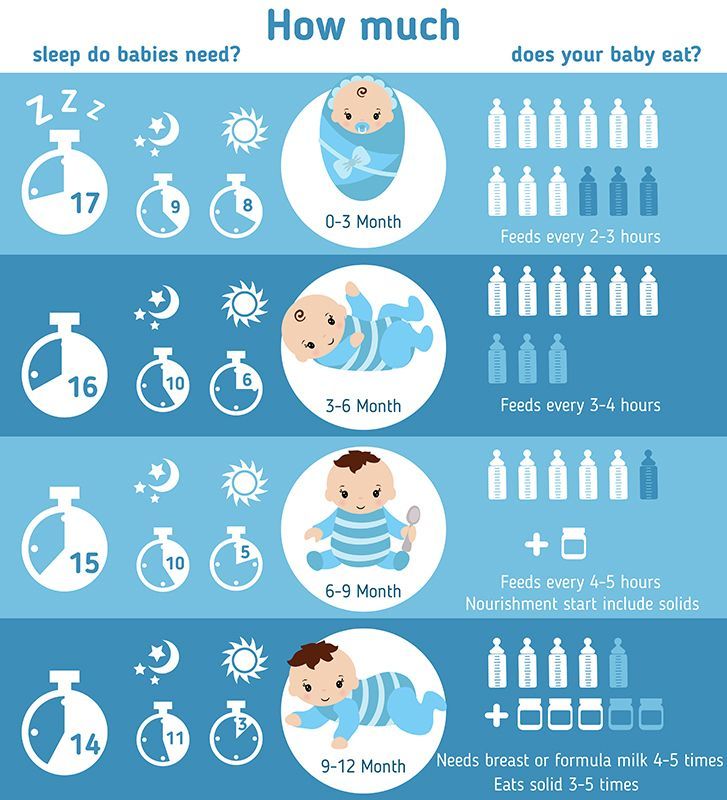 There may be variations in treatment that your pediatrician may recommend based on individual facts and circumstances.
There may be variations in treatment that your pediatrician may recommend based on individual facts and circumstances.
Municipal budgetary preschool educational institution "Kindergarten No. 4 of the city of Leninogorsk" Municipal Education "Leninogorsk Municipal District" Republic of Tatarstan /Tatarstan Municipal Budget Municipalities Belem Bir around Leninogorsk Schһәreny Ballar Bucks "9000
Whether the baby will eat in kindergarten It depends not only on the staff of the preschool institution, but also on the parents.0005
There may be several reasons why a baby refuses to eat in the first days: the child's emotional state, unfamiliar dishes, inability to eat independently. Therefore, when preparing to visit a kindergarten, it is worth thinking about this problem in advance.
How do I prepare my baby for feeding?
First you need to bring the home diet closer to what will be in kindergarten.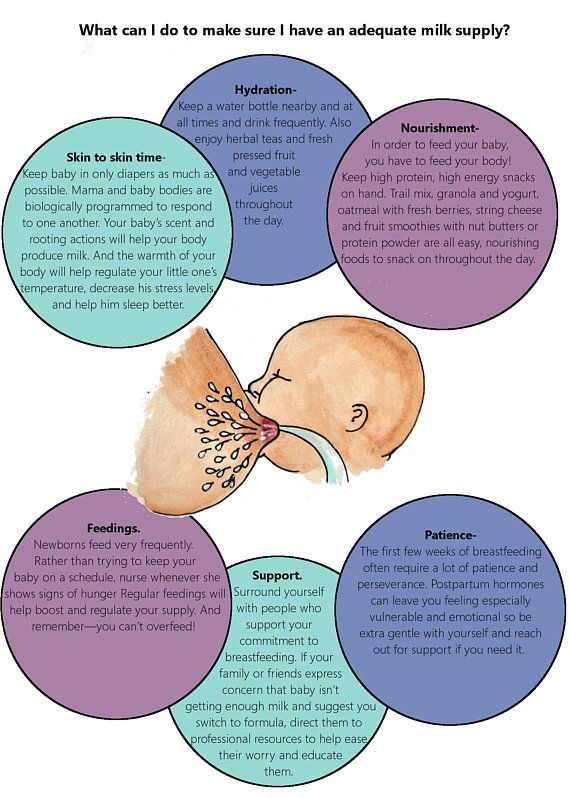 In preschool institutions, as a rule, breakfast is at 8.30, lunch is at 12.00 (for a nursery) and at 12.15 (for children 4-7 years old), afternoon tea is at 15.15. Children eat at home. The optimal time for dinner is 19.00 Before going to bed, the child is recommended a second light dinner, which may consist of kefir or milk.
In preschool institutions, as a rule, breakfast is at 8.30, lunch is at 12.00 (for a nursery) and at 12.15 (for children 4-7 years old), afternoon tea is at 15.15. Children eat at home. The optimal time for dinner is 19.00 Before going to bed, the child is recommended a second light dinner, which may consist of kefir or milk.
However, this regimen is not universal for kindergartens. Therefore, it is better to coordinate the baby's feeding schedule with the kindergarten in which he will go.
If the child's feeding time does not coincide with kindergarten, then it is necessary to switch to a new diet gradually. Children are hard to wean from the prevailing stereotype. With a sharp change in the feeding schedule, the baby may refuse to eat; after all, the feeling of hunger comes at the usual hours, and after a while the child's appetite fades away. nine0005
It is best to shift the feeding time gradually by 10-15 minutes, and this should be started at least 2-3 months before the child goes to kindergarten.
It is more difficult in kindergarten for those children whose parents did not adhere to any daily routine at all. In this case, the diet must be established immediately upon admission of the child to a preschool institution. Kindergarten diet should be followed until school.
Do not overfeed your baby! nine0014
In kindergarten, the amount of food offered to a child is rationed. The amount of food is calculated taking into account the age of the preschooler. Thus, the daily consumption of products in grams for children ranges from 1000 g to 1700 g. The volumes of dishes offered for each feeding are also strictly observed.
Often, mothers, believing that their child is malnourished, give him much more food than his stomach can absorb. At home, such children eat less often, often refuse to eat, so they may feel hungry in the garden. During the day, the baby should receive as much food as his body needs. Putting the next portion on a plate for the crumbs, consider his age. Then the volume of food received by the child in the garden and at home will not differ much. nine0005
Then the volume of food received by the child in the garden and at home will not differ much. nine0005
Gradually wean your baby from eating between feedings, since it is not allowed to bring food to kindergarten.
Make up your child's diet according to the kindergarten menu. Include meat, bread, vegetables, fruits, juices and vitamin drinks daily. You should not offer one product more often than others. If a child has developed a strong preference for certain dishes, then it will be much more difficult for him to adapt to a new cuisine.
After 1.5 years, the baby's diet should be varied enough. The child should know what borscht, mashed soups, mashed potatoes, compotes, kissels, casseroles and so on are. Your kid will not refuse them in kindergarten if he is used to such food at home. nine0005
You should also follow some rules for cooking at home. Dishes in kindergarten are low-fat, mostly cooked in vegetable and butter. Do not abuse sauces, mayonnaise, spices, spices. After such seasonings, the desire to eat simple food disappears. If in your family, someone prefers to eat like this, then it is better for the baby to cook separately.
After such seasonings, the desire to eat simple food disappears. If in your family, someone prefers to eat like this, then it is better for the baby to cook separately.
Teach your child to eat on their own
One of the reasons children refuse to eat in kindergarten is the inability to use a fork or spoon. If the baby after 1.5 years is still eating with your help, gradually accustom him to independence. Long before kindergarten, he should stop getting bottled food. nine0005
A child entering the kindergarten must be able to use a spoon and drink carefully from a cup. It has been noticed that children who, without the help of adults, can simply serve themselves (eat, wash, dress), adapt much faster to the conditions of a preschool institution.
Teachers note that beginners eat rather slowly and are the last to leave the table. In the process of eating, they are distracted by many things. Therefore, at home, try to ensure that from the age of 2 the child eats with you, the parents, at the common table. In addition, lunch or dinner in the children's team before entering kindergarten will also be a good experience for the baby. nine0005
In addition, lunch or dinner in the children's team before entering kindergarten will also be a good experience for the baby. nine0005
Pay attention to how long the child spends at the table. In kindergarten, feeding takes no more than 30 minutes. Even at home, the baby must learn to fit into these time frames.
Most of the problems with nutrition in the first days of attending kindergarten occur in toddlers. Their parents should pay more attention to our recommendations and do not forget about the psychological preparation of the child for the garden, because the emotional state, as you know, affects the appetite. nine0005
If you have questions about your baby's nutrition, it's a good idea to contact the nurse or head of the kindergarten of your choice. They will tell you about the specifics of this institution.
P The first day is the most difficult
The first days of a child's stay in kindergarten are the most difficult.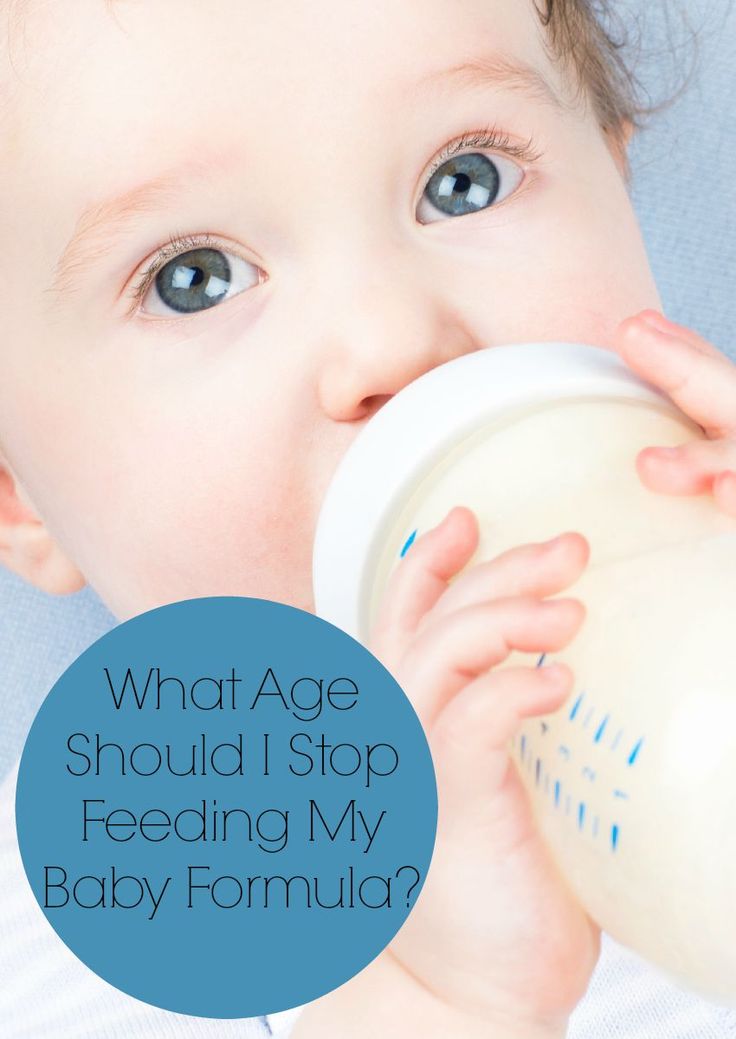 An unfamiliar team, the absence of a mother, a change in the usual way of life. All this affects the emotional state of the baby. As a result, appetite decreases, and in vulnerable children, with an unstable nervous system, it may even disappear altogether. Moreover, some recruits refuse food and houses. nine0005
An unfamiliar team, the absence of a mother, a change in the usual way of life. All this affects the emotional state of the baby. As a result, appetite decreases, and in vulnerable children, with an unstable nervous system, it may even disappear altogether. Moreover, some recruits refuse food and houses. nine0005
Therefore, more attention should be paid to the baby's nutrition during the first days of attending kindergarten. Experts advise during this period to cook more nutritious dishes fortified with vitamins and minerals at home for the crumbs.
Instead of the usual pasta and cereals, salads and vegetable dishes should be prepared more often. Be sure to include fruits, juices (preferably freshly squeezed), sour-milk drinks in the baby's diet. To fill the body's need for vitamins and minerals, it is recommended to give it vitamin preparations. nine0005
Give up sugary rewards for a while. They do not have a high nutritional value and, in addition, interrupt the child's appetite, so that he may refuse a full dinner at home. But in the first days, it is better to feed the crumbs at home with breakfast, warning the teacher that he has already eaten.
But in the first days, it is better to feed the crumbs at home with breakfast, warning the teacher that he has already eaten.
Always ask how the child eats during the day. Pay attention to the menu in kindergarten. Products that were in the child's daily diet should not be repeated at dinner.
When a small person enters the group, warn the teacher about the habits of your child. For a beginner in kindergarten, a sparing regimen is established. If your baby, for example, does not know how to eat on his own, then feeding him is the responsibility of the educator or nanny. Remember that you can’t force your baby to do something new. This may cause him to have a negative attitude towards kindergarten and unwillingness to attend it. New habits and skills are formed gradually. If you could not form them before kindergarten - do not rush! nine0005
If your child is allergic
If your child has an allergy, specific allergens (such as fish or bird feather allergy) must be listed on the child's medical record when they enter kindergarten.
You should also warn all educators and the nurse that your child is allergic, what food he may have a negative reaction to, and indicate that food should not be given to him in kindergarten.
Kindergarten menu
Kindergartens usually have one common menu for children aged 1.5 to 7. The seasonality of nutrition is affected only by the fact that in the summer-autumn period they try to give children more vegetables and fruits, and in the winter-spring time, juices and fruits.
When compiling the menu, kitchen workers in kindergarten take into account:
• Daily set of products
• Portion size
• Cooking time
• Norms of interchangeability of products when preparing meals
• Loss rates during cold and heat treatment
• Data on the chemical composition of products and dishes
When compiling a daily diet, first of all, they take care of the presence in it of the main building material - protein.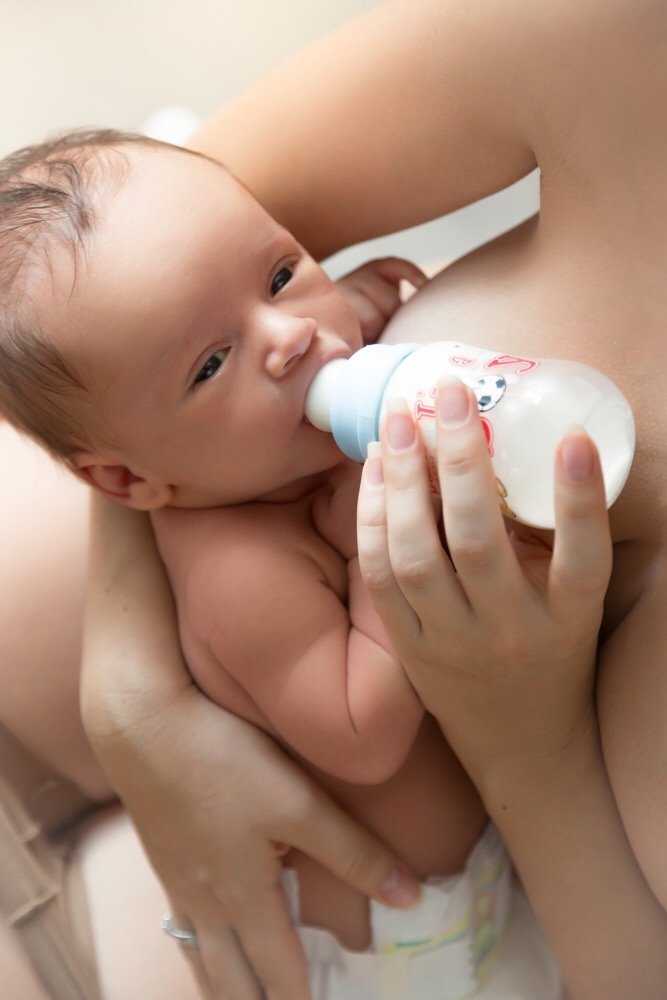 Animal protein sources are meat, fish, eggs, milk and dairy products. From vegetable products legumes, some cereals (buckwheat, oatmeal, millet) and bread are rich in protein.
Animal protein sources are meat, fish, eggs, milk and dairy products. From vegetable products legumes, some cereals (buckwheat, oatmeal, millet) and bread are rich in protein.
Most of the fat in a child's daily diet should be fats of animal origin. They are found in butter, cream, sour cream. nine0005
The total amount of vegetable fats (corn, sunflower, olive oil) is at least 15-20% of its total amount in the child's daily menu.
Refined sources of carbohydrates - sugar, jam, honey, confectionery - are less useful for the child. The main part of the baby's daily carbohydrate needs must be met through cereals, bread, pasta and, most importantly, vegetables and fruits.
The latter also contain vitamins, mineral salts and microelements that are important for the child's body. In addition, fruits and vegetables contain pectins, dietary fiber, fiber, which have a beneficial effect on digestion. The oils and flavors of many fruits secrete gastric juices and increase appetite.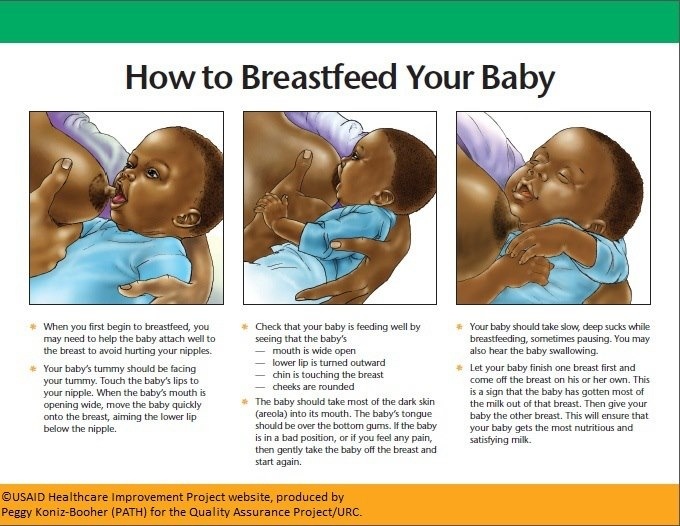 They are useful for children with reduced appetite. It is also necessary to include onion and garlic in the menu. nine0005
They are useful for children with reduced appetite. It is also necessary to include onion and garlic in the menu. nine0005
A child can eat some foods every day - milk, butter, bread, sugar, vegetables and fruits, meat. An egg can be given every other day, cottage cheese - after two days. But fish - once a week. On this day, the entire weekly diet of fish is completely consumed - about 250 g. Once a week, it is permissible to make a vegetarian or fish soup.
The menu for each day should not repeat dishes that are similar in composition. For example, if soup with cereals or noodles is prepared for lunch, then vegetables should be prepared for the side dish, and not porridge or pasta. It is also very beneficial for children to start their meal with a salad of raw vegetables or sour fruits, which stimulate the production of gastric juices and increase appetite. Vegetable salads are given in small quantities, but regularly, in order to develop the habit of eating fresh vegetables in the child. nine0005
nine0005
Another indispensable condition when compiling the menu is to take into account the requirements of the Sanitary and Epidemiological Service regarding prohibited foods and dishes, such as sausages, smoked meats. In addition, special attention is paid to the health of the staff working in the kitchen in the kindergarten.
The process of eating cannot be complete without the appropriate environment. With the wrong approach to the feeding process, especially when the baby is forced to eat or fed with entertainment, persuasion, he has a negative reflex to any food. nine0005
Each child in the garden is assigned a permanent place at the table, and the teachers make sure that it is comfortable for him to sit and use cutlery. Each group should have chairs that are age appropriate for the children. Tableware requirements: stability, convenience and compliance with portion sizes.
Bon appetit!
Russian Union of Pediatricians
0005
Nutrition for children aged 1 to 3 years
The period from 1 to 3 years of life is a crucial stage in the transition to an adult type of nutrition, which has certain features.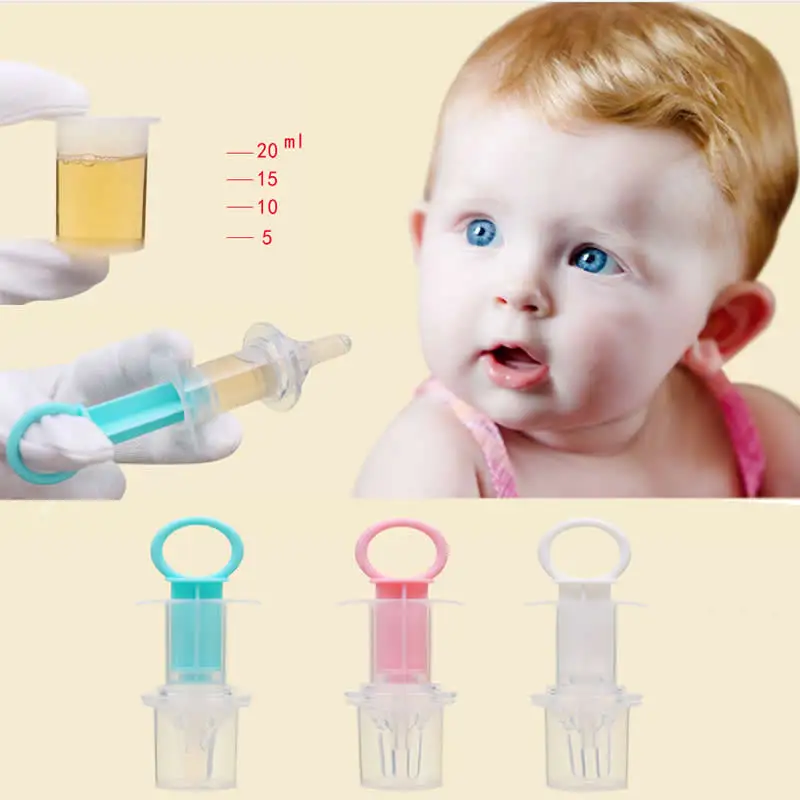 In order to ensure that all the necessary nutrients enter the child's body and at the same time prevent an excess of individual nutrients, nutrition should be balanced and varied.
In order to ensure that all the necessary nutrients enter the child's body and at the same time prevent an excess of individual nutrients, nutrition should be balanced and varied.
The daily amount of food for children aged 1 to 1.5 years should be 1000-1200 g, from 1.5 to 3 years - 1200-1500, the amount of food in one feeding should not exceed 300-350 ml. The diet consists of three main meals per day and two snacks. It is considered optimal when breakfast is 25% of the total energy density of the diet, lunch is 30–35%, dinner is 20%, and additional meals are about 10%. In general, the child can eat the same food as the rest of the family. nine0005
In the diet of a child 1-3 years of age must be present daily : animal or poultry meat, dairy and sour-milk products, vegetables, fruits, bread, cereals, vegetable and butter; fish and eggs are included in the diet 2-3 times a week.
Cereal products: bread - 2-3 servings per day, cereals and side dishes - 1 time per day
Fruit and/or vegetables: at least 5 times a day
Dairy products: at least 3 servings per day (including those used to make cereals, yoghurts, fermented milk drinks, cottage cheese, infant formula or breast milk).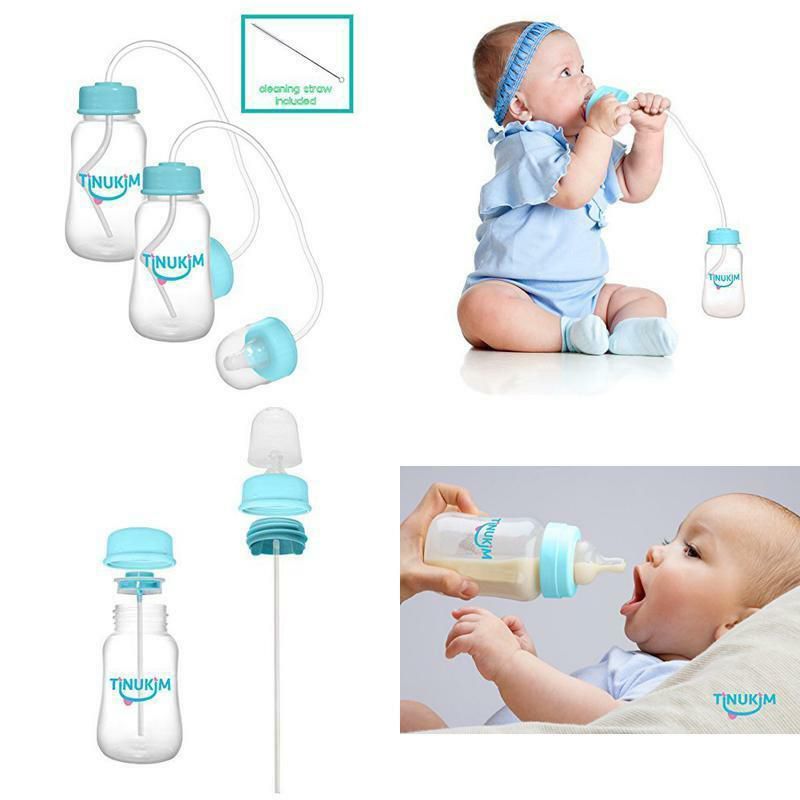 nine0005
nine0005
Domestic pediatricians recommend, when compiling a diet for children aged 1–3 years, preference should be given to specialized children's dairy products of industrial production that meet high quality requirements and safety indicators for this age. Most children's dairy products are additionally enriched with vitamins and/or minerals and other biologically active components, taking into account the physiological needs of children of this age. At the same time, in foreign recommendations, children over 1 year old are offered the gradual introduction of whole cow's milk, which is rich in fats necessary for proper growth and development, the absorption of vitamins A and D, the development of the child's brain and nervous system. nine0005
Meat dishes: 2-3 times a day
Fish dishes: 2-3 servings per week
Eggs: 2-3 per week
Dietary fats: 3-4 teaspoons of butter and/or vegetable oil oils per day
When cooking, use the minimum amount of salt and sugar, and do not add them to industrial products.